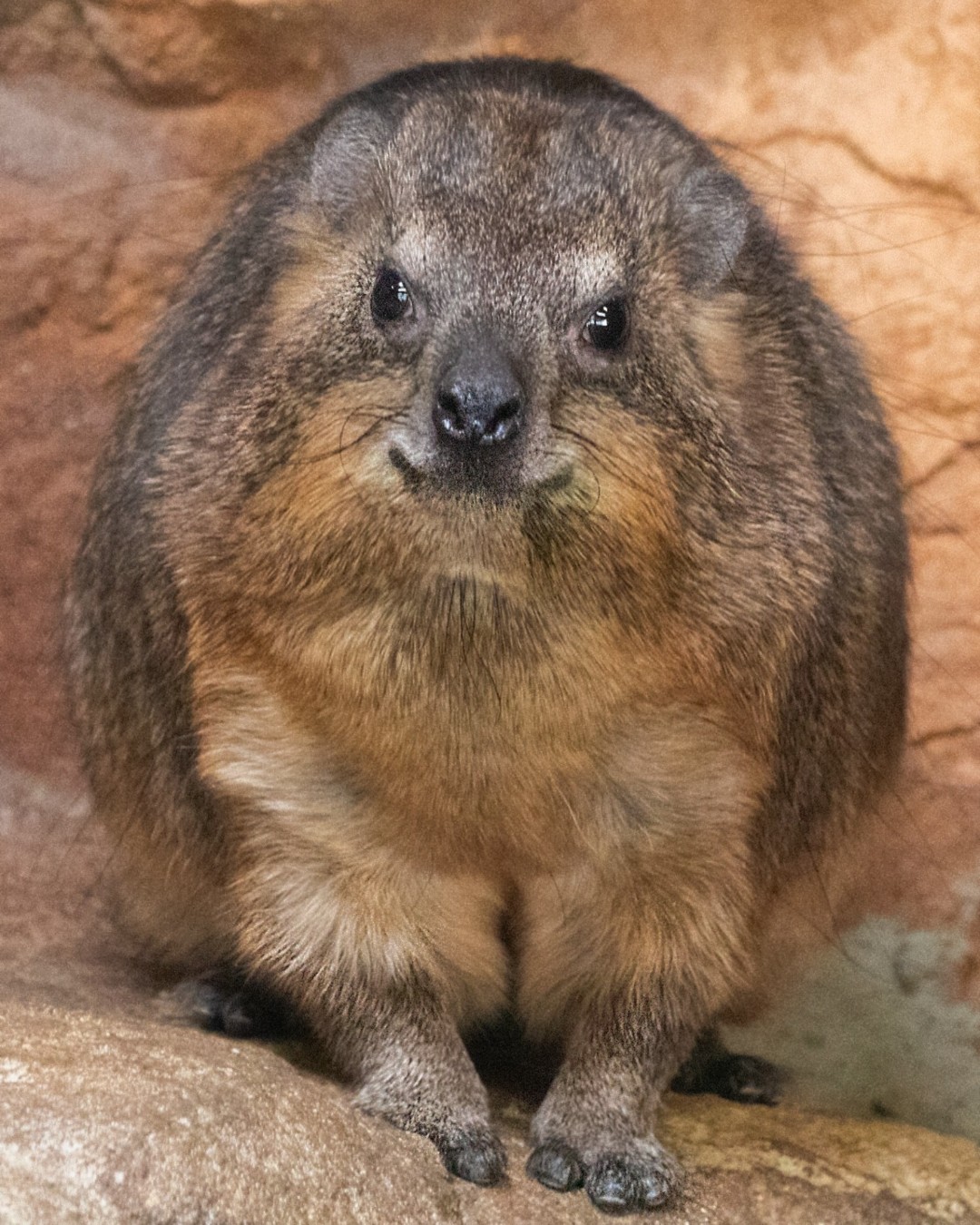- Understanding the biology and behavior of the hyrax.
- The role of hyraxes in their ecosystems and their importance to biodiversity.
- Challenges facing hyrax populations and conservation efforts.
- Insight into zoo management practices for hyraxes.
- Public engagement and education on hyrax conservation.
Hyraxes, small mammals native to Africa and parts of the Middle East, are fascinating creatures with complex social behaviors and distinct biological characteristics. Often overshadowed by more charismatic megafauna, hyraxes nonetheless play crucial roles in their ecosystems and warrant our attention for conservation. This article delves into various aspects of hyrax life and their significance in the biodiversity narrative, offering insights into zoo management practices for these animals and encouraging public engagement in their conservation.
Hyraxes belong to the order Hyracoidea and are often compared to rodents or lagomorphs due to their size and general appearance. However, in an intriguing twist of evolutionary history, hyraxes share a closer genetic relationship with elephants and manatees. This seemingly unlikely kinship is evident in some anatomical features, such as tusk-like incisors and specialized foot pads with moist glands that provide excellent traction on rocky surfaces. As primarily herbivorous animals, hyraxes have a complex digestive system aided by bacterial fermentation in their large caecum, allowing them to effectively break down fibrous plant material.
Socially, hyraxes exhibit fascinating behaviors that display their complex social structures. They live in colonies and form intricate communication networks with vocalizations, grooming, and scent-marking playing key roles. Hyraxes, especially rock hyraxes, have adapted to a diurnal lifestyle, often basking in the sun to regulate body temperature and conserve energy. Such behaviors highlight the importance of social bonds and cooperative living within hyrax communities.
Despite their understated presence in the animal kingdom, hyraxes provide critical ecosystem services. As primary consumers, they influence vegetation dynamics and serve as prey for various predators, maintaining balance within their habitats. Moreover, hyraxes contribute to seed dispersal through their droppings, aiding in plant propagation and biodiversity maintenance. Their role as ecosystem engineers helps shape their environmental landscape, exemplified by their burrowing activities, which aerate the soil and create habitats for other organisms.
Unfortunately, hyrax populations face multiple challenges that threaten their survival. Habitat loss due to human encroachment and agricultural expansion has drastically reduced their natural environments. In regions where humans view them as pests, hyraxes may be subject to hunting and persecution. Climate change further exacerbates these threats by altering the ecosystems where hyraxes thrive, making it imperative to implement robust conservation strategies.
Conservation efforts for hyraxes involve habitat protection, legal frameworks, and public awareness campaigns. Protected areas serve as vital refuges where hyrax populations can thrive without the pressure of human disturbances. Legislation aimed at preserving these areas and mitigating human-wildlife conflict is essential for the sustainability of hyrax populations. Community engagement and education are equally important, fostering understanding and coexistence between local communities and hyrax habitats.
Zoo management plays a pivotal role in hyrax conservation. Modern zoological institutions prioritize animal welfare and species preservation, making them ideal locations for breeding programs and genetic research. These efforts help maintain healthy captive populations as genetic reservoirs that could potentially bolster wild populations if needed. Zoos also offer educational opportunities to showcase the significance of hyraxes in broader conservation contexts, encouraging public interest and support for wildlife preservation.
Public engagement remains a powerful tool in conservation. By raising awareness about the ecological roles and conservation needs of hyraxes, we can foster a sense of responsibility and advocacy for these animals. Educational programs, interactive exhibits, and media coverage are effective ways to reach diverse audiences, inspiring action to protect both local and global biodiversity.
Hyraxes, though small and often overlooked, are integral to our understanding of ecological interdependence and the importance of conserving biodiversity. Continued research and conservation efforts are vital for their survival, ensuring that these fascinating creatures remain an active part of our planet’s ecosystems. Through a combination of scientific inquiry, conservation initiatives, and public outreach, we can positively impact the future of hyrax populations and the environments they inhabit.
*****
Source Description
Long week? Here’s a hyrax to cheer you up.


